The Land of Bari.
The land of Bari extends between the last step of Murgia and the coastline.
The Land of Bari is a karstic territory, with altitude almost constantly decreasing from 300-400 m to the sea, the submarine seabed is predominantly small and continues to descend on the same slope.
Parallel to the coast line, stripes can be identified (each about 10 km wide), marking the gradual transition from the coastal horticultural landscape to the arboreal landscape and then more typically Murgian forests. This sequence of steps is engraved transversely by a network of lame or canyons, the ancient erosive slopes that make up a distinctive sign of the Apulian karst landscape, along with valleys.
On the coast, and in the immediate hinterland, it meets the most flat and traditionally more fertile area, mainly used for fruit and vegetable crops. These real coastal gardens, alternate examples of luxurious Mediterranean vegetation that reaches the sea, in green color the coasts of little rocky outcrops – except for the cliffs of Polignano, affected by marine karst phenomena.
Cities such as Molfetta, Giovinazzo, Bari, Mola, Polignano, Monopoli offer the perfect blend of clear waters, beautiful beaches and an extremely large artistic heritage.
A heritage made of towers, rural houses and villas in the countryside characterizes the most interior, on the lower Murgia, an ancient system of rural settlements alterned by the typical land with olive trees, vineyards and almonds.
Alongside the signs of the anthropic landscape, there are traces of important settlements of the Neolithic and later epochs. Numerous archaeological sites – from Monte Sannace and Ceglie del Campo, as in the territories of Rutigliano, Conversano, Ruvo and Molfetta – and hypogea and rock churches along the canyons confirm that in this area man has always taken care of the territory.
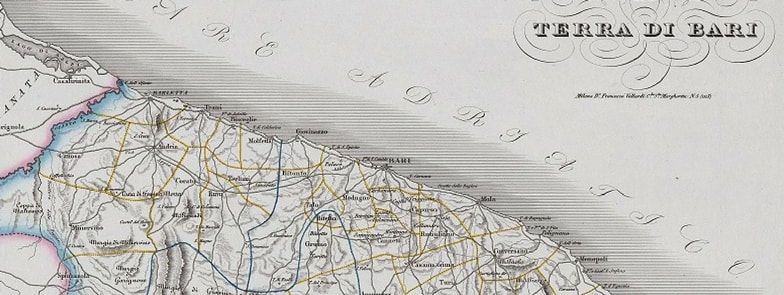
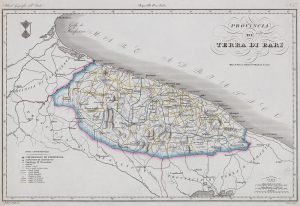
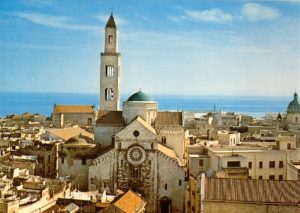
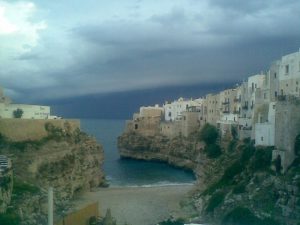
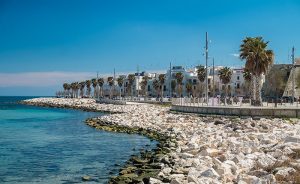
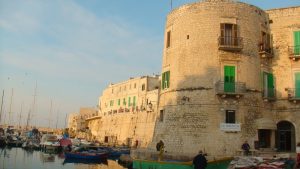
Lascia un commento